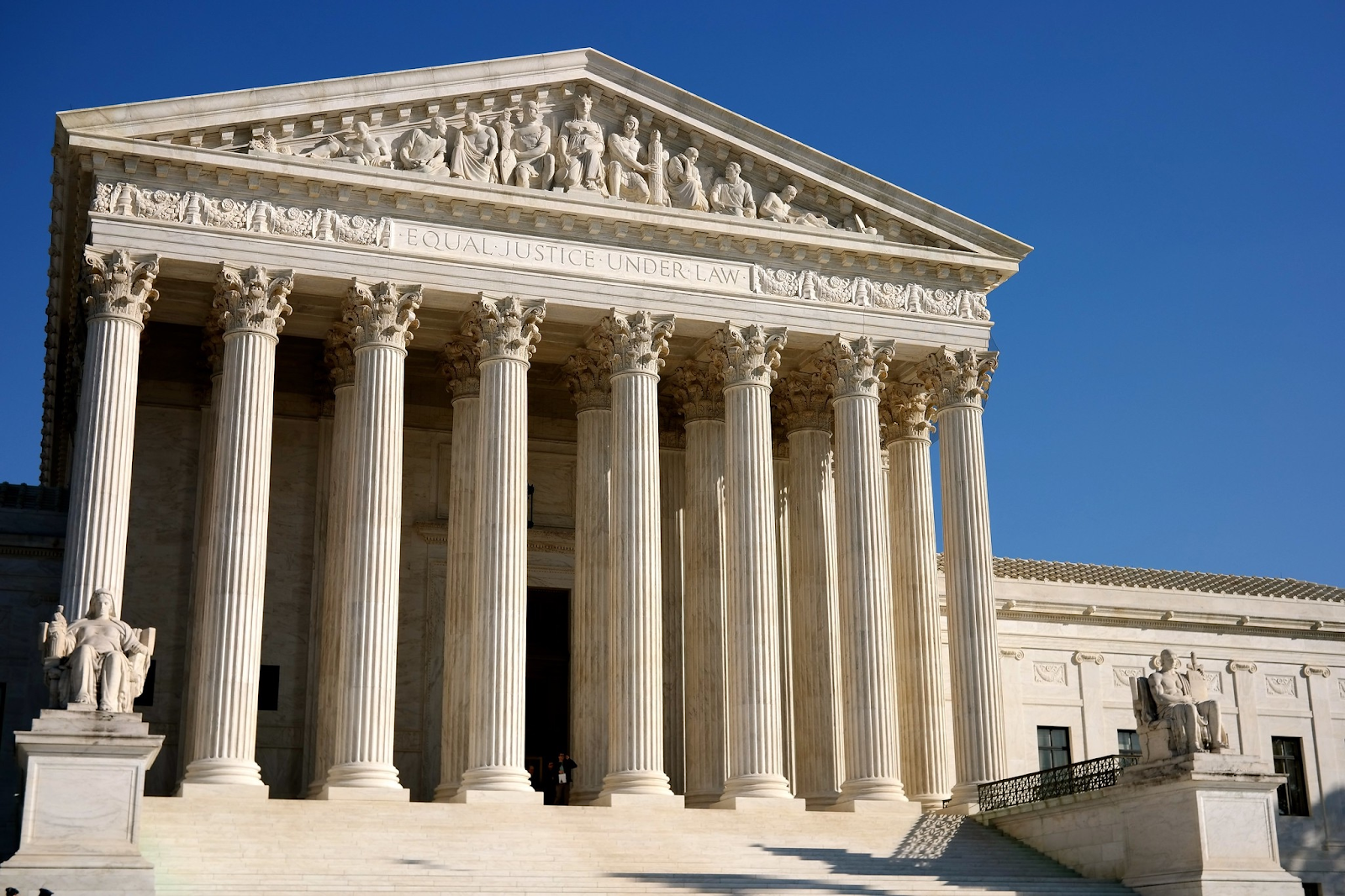Introduction to the Great Western Buildings Lawsuit
Welcome to our blog post, where we dive into the intriguing world of the Great Western Buildings Lawsuit. Brace yourself for a rollercoaster ride as we explore the background, key players, arguments presented, and the implications this lawsuit holds for the construction industry and beyond.
Buckle up and get ready to unravel the fascinating details surrounding this legal battle that has captured headlines and left many questioning its impact on future projects. Are you curious? Well, let’s start digging into this captivating case!
Background of the Case
Great Western Buildings Lawsuit has gained significant attention in recent months. The case revolves around a construction project that went awry, resulting in severe consequences for all parties involved. This lawsuit has shed light on the challenges and complexities within the construction industry and serves as a cautionary tale for future projects.
The project in question was a large-scale commercial building development undertaken by Great Western Buildings, an established construction company with a solid reputation. The aim was to construct a state-of-the-art office complex that would serve as a landmark for the city. However, an ambitious endeavor soon became a legal battle due to various issues and disputes.
One of the main points of contention is related to project completion delays. The initial timeline set by Great Western Buildings could have been more optimistic, leading to unrealistic client and stakeholder expectations. As deadlines were repeatedly missed, frustration grew among all parties involved.
Another crucial aspect of this case is poor communication between Great Western Buildings and their subcontractors. Lack of coordination resulted in errors, reworkings, and ultimately increased costs for everyone involved. Additionally, allegations of subpar artistry further escalated tensions between different entities.
Moreover, financial mismanagement played its part in exacerbating the situation. There were claims that funds allocated for specific aspects of the project were mishandled or improperly utilized by Great Western Buildings. This led to budget overruns and strained relationships with suppliers who faced payment delays or non-payment altogether.
These factors culminated in lawsuits against Great Western Buildings by dissatisfied clients seeking compensation for damages incurred during this ill-fated project. The legal battles have tarnished Great Western Buildings’ reputation and raised concerns about accountability within the construction industry.
As news about this lawsuit spread throughout industry circles, it served as a wake-up call for companies operating within similar sectors. Many have realized the importance of clear and realistic project timelines, effective communication channels, and transparent finances.
Key Players Involved

In any legal case, the key players involved play a crucial role in shaping the outcome. The Great Western Buildings Lawsuit is no exception. Let’s take a closer look at the individuals and organizations that are central to this high-profile dispute.
1. Great Western Buildings: As the defendant in this lawsuit, Great Western Buildings faces allegations of negligence and breach of contract. They are a well-known construction company with an extensive portfolio of projects.
2. Plaintiffs: The plaintiffs in this case are homeowners who contracted Great Western Buildings to construct their dream homes. They claim the company failed to meet building codes, resulting in significant structural defects and safety hazards.
3. Legal Team: Both sides have enlisted top-notch legal teams to represent them throughout the litigation. These skilled attorneys will present arguments, cross-examine witnesses, and seek justice for their clients.
4. Expert Witnesses: Both parties have engaged expert witnesses specializing in construction engineering and building code compliance to support their claims. These professionals will provide technical expertise and offer opinions on whether wrongdoing occurred.
It is important to note that these key players will undoubtedly contribute to shaping the outcome of this lawsuit through compelling evidence, persuasive arguments, and diligent legal representation.
Main Arguments and Evidence Presented
The main arguments and evidence presented in the Great Western Buildings Lawsuit are crucial to understanding the intricacies of this legal battle. Both sides have brought forth compelling points, backed by concrete evidence, that will ultimately shape the outcome of this case.
One key argument put forward by the plaintiffs is that Great Western Buildings failed to meet industry standards and regulations during construction. They claim that numerous structural defects were present in the building, compromising its safety and stability. They provided expert testimonies from engineers who identified design and construction practices flaws to support their claims.
On the other hand, Great Western Buildings has vehemently denied these allegations, arguing that they followed all necessary protocols during construction. Their defense relies heavily on documentation such as permits, inspection reports, and compliance certificates to demonstrate their adherence to industry standards. Additionally, they have hired engineering experts who dispute the validity of the plaintiff’s claims and argue that any issues found resulted from external factors beyond their control.
Both parties have also produced witness testimonies from individuals involved in various stages of construction – architects, contractors, subcontractors – each providing different perspectives on what transpired during the project.
Substantial evidence is presented by both sides, making this lawsuit complex and intriguing. The court must carefully evaluate all arguments and evidence before reaching a verdict.
Implications for the Construction Industry and Beyond
The Great Western Buildings lawsuit has far-reaching implications for the construction industry and other stakeholders involved in large-scale projects. One of the significant implications is a heightened focus on transparency and accountability throughout every stage of construction.
This lawsuit has shed light on potential issues related to quality control, safety standards, and adherence to building codes. As a result, increased scrutiny will likely be placed on contractors, developers, architects, and engineers to ensure they meet regulatory requirements and deliver high-quality structures.
Moreover, this case may lead to stricter regulations being implemented within the construction industry. Government agencies could revise existing laws or create new ones to address gaps identified during this legal battle. This would safeguard against future similar incidents by holding all parties accountable for their actions.
Additionally, insurance companies might reassess their coverage policies to mitigate potential risks associated with faulty construction practices. They may require more stringent documentation processes or demand higher premiums from those involved in large-scale projects.
Furthermore, clients seeking construction projects may become more cautious when selecting contractors and vendors. The reputation of these entities will play an even more significant role in decision-making processes as clients seek assurance that they are working with reliable partners who prioritize safety and compliance.
This lawsuit may prompt increased investment in research and development within the construction industry. Innovations focused on improving materials quality testing methods or enhancing project management systems may emerge as stakeholders strive to prevent similar lawsuits from occurring again.
All these implications highlight the need for continuous improvement within the construction sector as it seeks ways to rebuild trust among its stakeholders while ensuring public safety remains at the forefront of every endeavor.
Lessons Learned and Changes to be Made
The Great Western Buildings lawsuit has undoubtedly highlighted several vital lessons the construction industry should note. It emphasizes the significance of thorough due diligence before entering any major construction project. This includes diligent research on all parties involved, including contractors, subcontractors, suppliers, and architects.
In addition, this case highlights the importance of clear contractual agreements that outline responsibilities and obligations for all parties involved in a project. It is crucial to have detailed contracts that address potential disputes or complications during construction.
Furthermore, effective communication among all stakeholders is vital for successful project completion. Regular meetings and updates should be held to ensure everyone knows of any changes or issues that may impact the timeline or budget.
Another key lesson from this lawsuit is the need for comprehensive risk management strategies. Contractors must prioritize safety measures and mitigate potential risks throughout every project stage.
There should be a greater focus on implementing technology solutions within the construction industry to streamline processes and enhance efficiency. Utilizing software platforms can help track progress, manage budgets effectively, and improve overall project management practices.
Moving forward, these lessons learned from the Great Western Buildings lawsuit can serve as valuable guidelines for future projects to minimize disputes and promote better outcomes across the entire construction industry!
Conclusion: What This Means for Future Projects
The Great Western Buildings Lawsuit has shed light on the importance of adhering to construction regulations and ensuring the safety of workers and occupants. It serves as a stark reminder that even seemingly minor oversights can have severe consequences, both financially and in terms of human lives.
Moving forward, all stakeholders in the construction industry must learn from this case and make necessary changes to prevent similar incidents. Builders must prioritize compliance with building codes, conduct thorough inspections at every stage of construction, and implement stringent quality control measures.
Similarly, regulators must strengthen their oversight processes, ensuring that projects are thoroughly reviewed before approval and regularly inspected during execution. Strict penalties should be imposed on those who fail to comply with safety standards or attempt shortcuts for financial gain.
Furthermore, owners and developers must prioritize the selection of reputable contractors with proven track records in delivering safe and successful projects. Thorough background checks must be conducted before entering into contracts, considering factors such as past litigation history and adherence to safety protocols.
Architects and engineers also play a vital role in preventing future crises. They should provide accurate designs that adhere strictly to building codes while incorporating innovative techniques for increased structural integrity. Regular communication between architects/engineers, builders/contractors is essential throughout the project lifecycle to identify potential issues early on.
As consumers or end-users of buildings, we, too, are responsible for ensuring our safety by conducting due diligence when purchasing or leasing properties. We should inquire about permits obtained during construction, review publicly available inspection reports, and choose buildings constructed by well-regarded companies known for their commitment to quality artistry.
The Great Western Buildings Lawsuit serves as an essential wake-up call for everyone involved in the construction industry – from builders to regulators to designers – reminding us of our shared responsibility toward creating safe environments where people can live or work without fear. By learning from the mistakes made in this case and actively implementing necessary changes, we can
Also Read: Emma Argues with Principal Figgins





